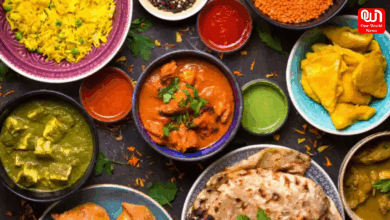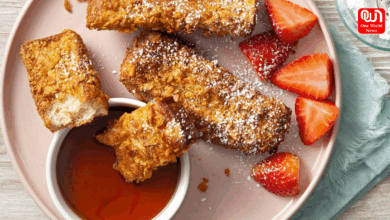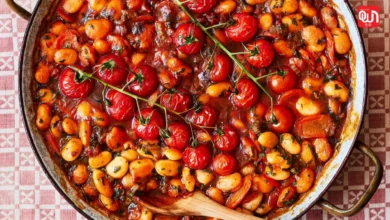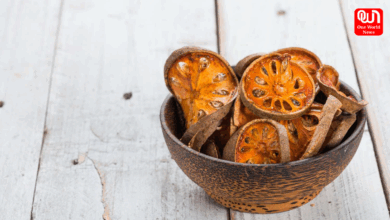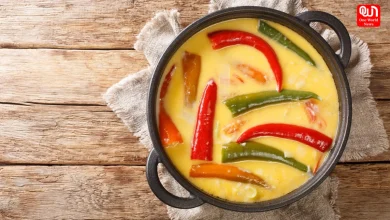Combining Hot And Cold Water To Consuming White Salt: Food Mistakes That Everyone Keeps Repeating
Unlock the art of salt integration: Avoid common mistakes by combining hot water with white salt for optimal dissolution, flavor, and culinary success!
The Art of Salt: Avoiding Common Culinary Blunders
1: The Temperature Dilemma: Hot, Cold, and Salt: The salt is one of those ingredients which always remains on the top of the list of ingredients, as it plays very well many roles giving something new to the food through it. Consequently the sense of salt competes for the idea spot in kitchens all over the world, resulting in dishes that continuously fail, or on the other hand, outshine. The most frequent error that is made right now is the improper combination of hot and cold water with salt, the end result being that our best and favorite recipes will always taste funny and have poor texture.
2: It Has Its Own Science: Salt, that is a combination of sodium chloride, has its own story behind its behavior when is combined with water. Salt particles dissolve in water and then interact with water molecules causing their behavior to change and become conductive and with properties different from pure water like altered boiling and freezing points. The dissenting of a salt primarily depends on temperature, and hotter water increases the kinetic energy of its molecules that eventually leads to faster and more thorough dissent.

Read more: Boost Your Day With Simple Morning Exercises!
3: Myths and Mistakes: People are convinced and confident that the overall salt dissolution principle creates specific rules for the culinary practices that we are following. A mistake which is done often enough is to use cold water for dissolving salt and this is why in the end the dish may be lacking in flavor and in some occasions being gritty. On the other hand, if salt is added to boiling water without proper dissolving, some parts of food might end containing more salt than the others are. Thus, the dish can be over powering salty in some areas and not flavorful enough in others.
4: Optimal Methods of Involving Salty Streams: Designing optimal methods to divert salty water under water erosion would help to minimize the negative impact of bad dissolution. Regarding the dissolving of salt and flavoring, for example, when seasoning a dish or brine, for instance is, the best way to faster the process is through the aid of hot and warm water. It means a complete dissolving and even distribution of salt, this providing a dish with a balanced tasty use of salt all over.
Read more: Is Feeling exhausted post lunch Normal? Check the Detail here !
5: Culinary Wisdom in the Practice: In the culinary traditions throughout the world the skill of salt combinations is highly recognized, and the chefs use a variety of methods to make the dish balanced and add depth of flavor. From the salting of water for pre-smoothening vegetables in the French tradition to the artful seasoning of sushi rice with a subtle balance of salt and blend of vinegar in the Japanese tradition, this wisdom of proper use of salt have established its credentials in achieving higher culinary heights.
We’re now on WhatsApp. Click to join.
6: Art of Salt Embracing Precision and Balance: Finally, becoming an expert in salt science is achieved by balancing accuracy and gut but here, the artistic precision and technique work together to impress the taste buds. We can prevent the most recorded salt dissolution process errors if we carefully understand the principles of this process and apply the most innovative methods, thus we contribute to perfection of our dishes.
Like this post?
Register at One World News to never miss out on videos, celeb interviews, and best reads.


